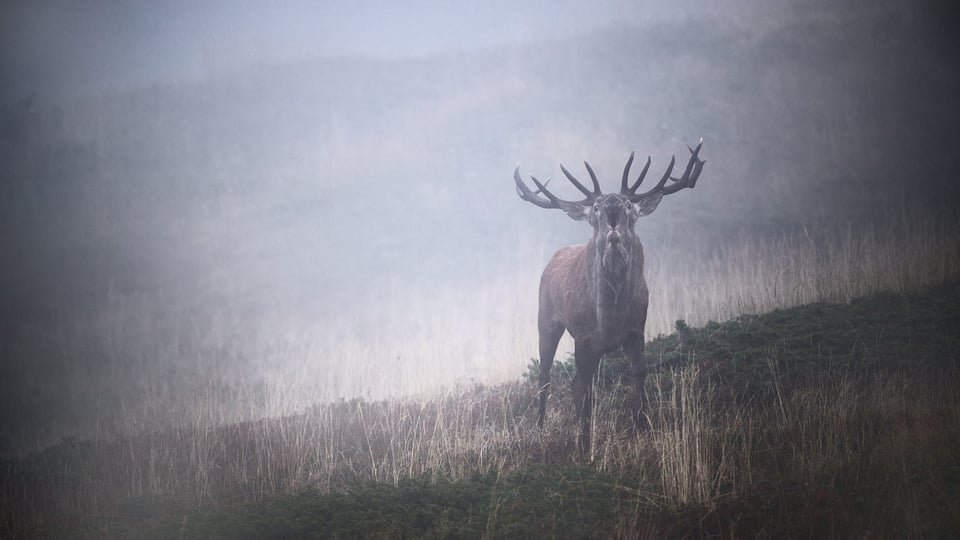Wildlife photography is a fascinating and challenging field that requires technical skill, patience, and a deep understanding of wildlife. One of the most significant parts of this art form is to capture the behavior of animals in their natural habitat. By doing so, you can improve your photos and contribute to our understanding and appreciation of the natural world.

Documenting Reality with Respect
When you photograph animals in their natural environment – engaged in activities like hunting, playing, and caring for young – you document an authentic view of their lives. However, photographers at any level of experience must capture these photos with respect. Strictly follow any conservation rule, and prioritize the animal’s welfare over everything else.
This is not just good for the animals but also good for your photos. The less that you disturb an animal, the more of its natural behaviors that you will see, and the better photos that will result.

Of course, photographing an animal’s natural behavior can be a challenge. It requires meticulous preparation, the ability to move discreetly in the animal’s habitat, and seemingly infinite patience. However, the reward of capturing a unique and specific moment in an animal’s life is unmatched.

Education and Awareness
A photograph can tell a story. It can transport observers to different places and times, allowing people to establish an emotional connection with a subject they’ve never seen in person. Photos can educate people about the importance of conservation and respect for nature by showing them the beauty of the natural world.
Photos of animal behavior are the perfect example. As humans, we immediately connect with photos of wildlife going through a struggle, caring for its young, striking a funny pose, eating, running away, or almost any other behavior. These pictures immediately tell a story and make us feel for the subject of the photo.
Furthermore, photography – especially a body of work with many photos – can tell grander stories about the animal’s environment, migration patters, threats from people or other environmental concerns, and so on. It can bring new awareness of environmental issues and threats to biodiversity.
Sadly, many people will not have a concern for wildlife unless they learn about it and see it. But this puts photographers in a unique and precious position. When conducted ethically, nature photography isn’t just an art form – it is also an invaluable tool for nature conservation.

Beyond the Exotic Animals
Portraying an animal’s behavior also helps to make interesting images with common subjects in ordinary environments. This is the case of Ruddy Turnstone (Arenaria Interpres), which some friends and I found on a beach on the eastern coast of Italy, near the Po’ delta, on a late autumn morning.

The Ruddy Turnstone breeds in the northernmost latitudes in western Alaska, Ellesmere Island, Greenland, Denmark, Scandinavia, Estonia, and northern Russia. In the Americas, it winters along the coasts of Washington State and Massachusetts, and it’s even found at the southern tip of South America. In Europe, it winters in western regions from Iceland to Norway and Denmark in the south. A small number reach the Mediterranean coasts.
So, the Turnstone can survive in various climates, from the Arctic to the tropics.

While the typical breeding environment is the tundra near water, outside the breeding season, it can be seen along the coasts, especially rocky ones.
The turnstone feeds mainly on invertebrates but does not disdain carrion, eggs, and plants. Insects are a fundamental food during the breeding season. It also feeds on crustaceans, mollusks, and worms. It often turns over stones to look for insects and other invertebrates that it feeds on underneath them. This is where its common name comes from.
My friends and I encountered this turnstone while it was feeding on small mollusks covering a piece of driftwood on the beach. We approached it first by staying very low, then crawling for over 30 meters. Even so, it required a 600mm lens and a 1.4x teleconverter to photograph properly.

In other words, we were close, but not that much, precisely so that we did not stress it, allowing it to continue with its natural behavior. Often, this is why a long focal length is helpful: not just to make subjects bigger, but to let photographers stay far from them.




Once we had taken photographs, we moved away, still crawling. This is something that photographers sometimes forget to do, but this is an essential sign of respect. Overall, it was an exciting experience, and we took some photos that tell a story.
Conclusion
Capturing animal behavior in wildlife photography is important. It often improves the aesthetic value of the images, even when common subjects are portrayed. It also provides a window into the reality of wildlife, which educates viewers and helps tell powerful and engaging stories.
I hope you found this essay about the importance of capturing animal behavior in wildlife photography enjoyable. If you have any questions or feedback, please don’t hesitate to leave them in the comments section below.
 Info Malang Raya Its All About World News
Info Malang Raya Its All About World News



